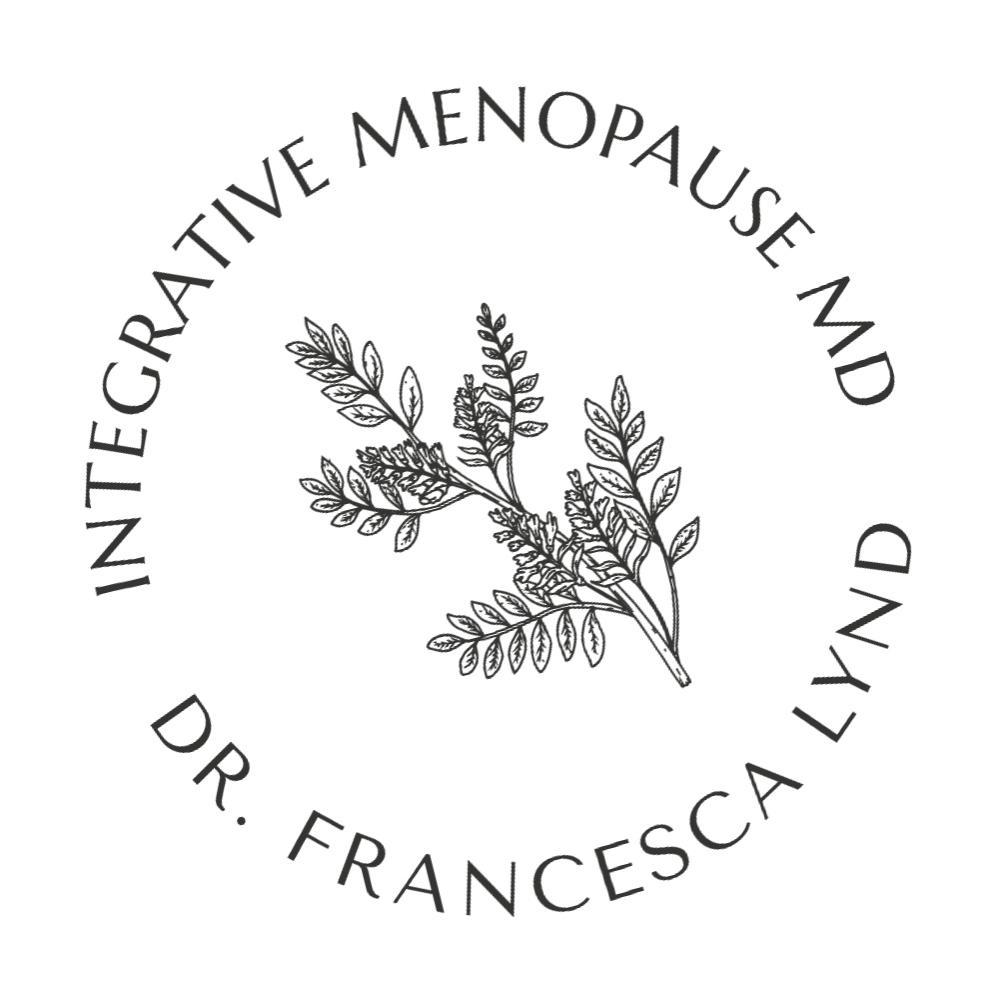Mold Exposure, Flooding, and the Menopause Transition: Protecting Your Home and Your Health
Aug 16, 2025
The August 2025 flooding in the Milwaukee area has left many homes with water damage — and with it, the potential for mold growth.
For women in the menopause transition, this is more than a home repair issue. Hormonal shifts in estrogen and progesterone can make our bodies more reactive to environmental stressors like mold toxins, which can amplify menopausal symptoms such as fatigue, brain fog, sleep disruption, joint pain, and mood changes.
If you’ve recently experienced water damage, here’s what you need to know about protecting your environment and supporting your body during and after mold remediation.
Why Mold Can Hit Harder During Menopause
As estrogen declines, it’s not just hot flashes and night sweats we notice. Our body’s inflammatory pathways, detox capacity, and immune balance all shift. Mold exposure can:
- Increase systemic inflammation, worsening joint pain or swelling.
- Disrupt sleep, which is already more fragile during perimenopause and menopause.
- Aggravate brain fog, mood swings, and low energy.
- Affect hormonal balance by adding to the liver’s detox burden.
In short -- midlife is a time when mold exposure can tip the scales more quickly toward feeling unwell.
Step One: Address the Environment First
You can take every supplement in the world, but if you’re still breathing contaminated air, you’ll be fighting an uphill battle.
- Move quickly on remediation
After flooding in southeast Wisconsin this week, many basements have taken on groundwater or sewer-contaminated water (Category 3 “black water”), which can introduce Fusarium from soil or agricultural runoff and create ideal conditions for Stachybotrys on damp building materials. Both can produce hormone-disrupting mycotoxins such as trichothecenes and, less commonly indoors, zearalenone. These molds thrive on cellulose-rich surfaces like drywall, paper-faced insulation, and wood framing if they stay wet more than 24–48 hours. Work with a remediation company that follows IICRC S520 standards and treats this as a contamination event, not just a water clean-up. But if water clean up is all you can get, well start there immediately! - Humidity control is non-negotiable
Use dehumidifiers to keep indoor humidity below 50% (ideally 40–45%). Mold thrives in damp environments. - HEPA air purification
Portable HEPA units in bedrooms and living spaces filter out airborne spores and fragments that can trigger inflammation. - Test before you guess
Professional mold testing is more accurate than at-home kits, especially for hidden growth in walls or flooring. - Environmentally conscious repairs
During rebuilds, choose low-VOC paints, plant-based or recycled-content flooring, and natural insulation to reduce overall toxin load. Think minimalist and preventive: I’m choosing stained concrete--fewer materials to absorb water, and easier to clean if flooding happens again.
Step Two: Support Your Body During Remediation
During the stress of the menopause transition, supporting detox, immune regulation, and inflammation balance is especially important when an additional stressor like mold shows up. But, always use products from reputable sources under the supervision of a skilled physician trained in Integrative or Functional Medicine.
Weeks 1–8: Stabilize and Protect
- Antioxidants: Liposomal glutathione or NAC to support your body’s master detox system.
- Inflammation modulators: Vitamin C, quercetin, and omega-3 fatty acids to help calm immune reactivity.
- Liver support: Milk thistle (silymarin) and sulforaphane to assist hormone and toxin metabolism.
- Gut health: Probiotics and L-glutamine to protect the gut lining, which plays a key role in hormone balance and immune health.
- Sinus care: Saline/xylitol rinses can flush spores from nasal passages. Keep saline spray handy and use regularly.
During active remediation, avoid starting aggressive detox or binders. Your body is already under stress, and mobilizing toxins too soon can make you feel worse.
Step Three: Deep Detox and Recovery After Remediation
Once the environment is clean and humidity is controlled, you can focus on deeper detox.
- Functional medicine doctors will introduce binders gradually: Activated charcoal, bentonite clay, or cholestyramine (prescription) can help capture and eliminate stored mold toxins. But for this type of deep detox, I would definitely work with a functional medicine mold specialist!
- Support mitochondria for energy: CoQ10, PQQ, and magnesium help restore stamina and mental clarity.
- Continue gut and immune support: Your microbiome plays a role in estrogen metabolism and inflammation control.
- Incorporate gentle sweating: Infrared sauna, Epsom salt baths, or light exercise to help your body eliminate toxins. No hard workouts inside the house while remediation is ongoing.
The Emotional Side
Mold remediation is stressful enough -- but add hormonal shifts, disrupted sleep, and unpredictable symptoms, and it can feel overwhelming.
Here’s the good news: with the right environmental steps and targeted health support, most women see steady improvement in energy, mood, sleep, and cognitive clarity.
Work With a Menopause-Savvy Clinician
Your supplement and recovery plan should be personalized to your hormone status, medications, and health history.
Before starting any protocol:
- Consult your primary care provider.
- Consider working with an integrative or functional medicine physician who understands both menopause physiology and environmental medicine.
Resources & Next Steps
Home Action Plan Checklist
- Maintain humidity at 40–45% with dehumidifiers.
- Run HEPA filtration in bedrooms and main living areas.
- Schedule professional mold testing (ERMI/HERTSMI, EMMA).
- Inspect for hidden leaks and water damage.
- Use only low-VOC, mold-resistant materials for repairs.
Self-Care Support Plan Checklist
- Prioritize restorative sleep with consistent bedtime routines.
- Maintain clean eating (avoid sugar and processed foods).
- Take targeted antioxidants and anti-inflammatory supplements as directed by your physician. For quality supplements, I recommend a reputable distributor.
- Incorporate gentle movement and stress-reduction practices daily.
- Use probiotics and gut-supportive nutrients to maintain microbiome health.
- Engage in mindfulness, journaling, or support groups for emotional resilience.
Bottom Line:
During menopause, your body’s resilience is in flux-- but with smart remediation, humidity control, HEPA filtration, and a thoughtful recovery plan, you can protect your health and move forward with confidence. If you’re in Wisconsin, I work virtually with women navigating the menopause transition to create individualized strategies.
Wellness always,
Dr. Francesca Lynd, Integrative Menopause MD
Clearly, this post is for general information only! This is not medical advice. No physician/patient relationship is formed. Utilizing any of this information is at the reader's own risk. This content is not a substitute for personalized medical advice, diagnosis or treatment. Seek advice from your personal professional provider who knows you and your current medical needs.




